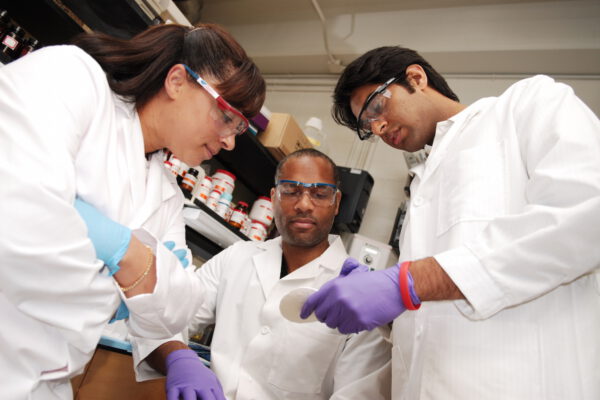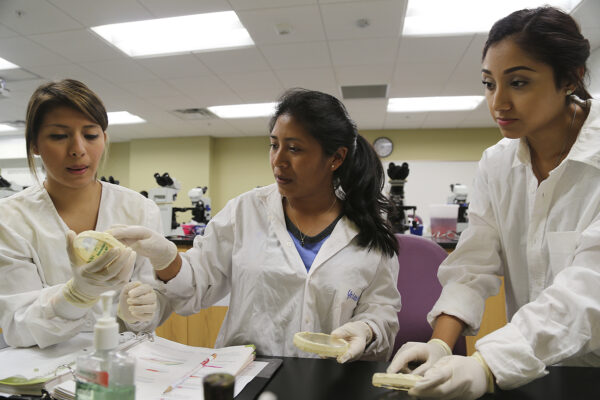NASEM Report Shows How MSIs Can Strengthen STEM Workforce
Title: Minority Serving Institutions: America’s Underutilized Resource for Strengthening the STEM Workforce
Editors: Lorelle L. Espinosa, Kent McGuire, and Leigh Miles Jackson
Source: National Academies of Sciences, Engineering, and Medicine (NASEM)
Results of the widely anticipated report, Minority Serving Institutions: America’s Underutilized Resource for Strengthening the STEM Workforce, reveal a range of actions to strengthen STEM programs and degree attainment at minority serving institutions (MSIs). Despite their limited resources, MSIs currently produce one-fifth of the nation’s STEM bachelor’s degrees, but more substantial resources are needed to help advance the success of MSIs and their students. The report urges the nation to turn to MSIs as a high-priority for STEM talent and recommends that federal and state agencies, private and corporate foundations, and other stakeholders increase grants and form partnerships to expand capacity for MSIs to innovate and replicate effective strategies that support the nations’ workforce.
The report offers evidence-based conclusions to create and maintain the necessary conditions, systems, policies, and practices to bolster STEM education at MSIs, which highlight provisions for dynamic leadership, institutional responsiveness, supportive environments, tailored academic and social supports, increased participation in research, and more substantial mentorship and sponsorship. With direct implications for American’s economic growth, national security, and global prosperity, the report provides guideposts for leaders to take action towards increasing STEM education and readiness.
This report stems from work carried out by the Committee on Closing the Equity Gap: Securing our STEM Education and Workforce Readiness Infrastructure in the Nation’s Minority Serving Institutions. ACE’s vice president for research, Lorelle Espinosa, served as co-chair on the committee and editor for the final report, for which ACE provided data and analytical support. In addition, senior policy research analyst Morgan Taylor provided content expertise, assistance, and support throughout the study.
The study was sponsored by the ECMC Foundation, Helmsley Charitable Trusts, Alfred P. Sloan Foundation, Kellogg Foundation, and the Wallace Foundation. Copies of Minority Serving Institutions: America’s Underutilized Resource for Strengthening the STEM Workforce are available from the National Academies Press or by calling 202-334-3313 or 1-800-624-6242.
If you have any questions or comments about this blog post, please contact us.


